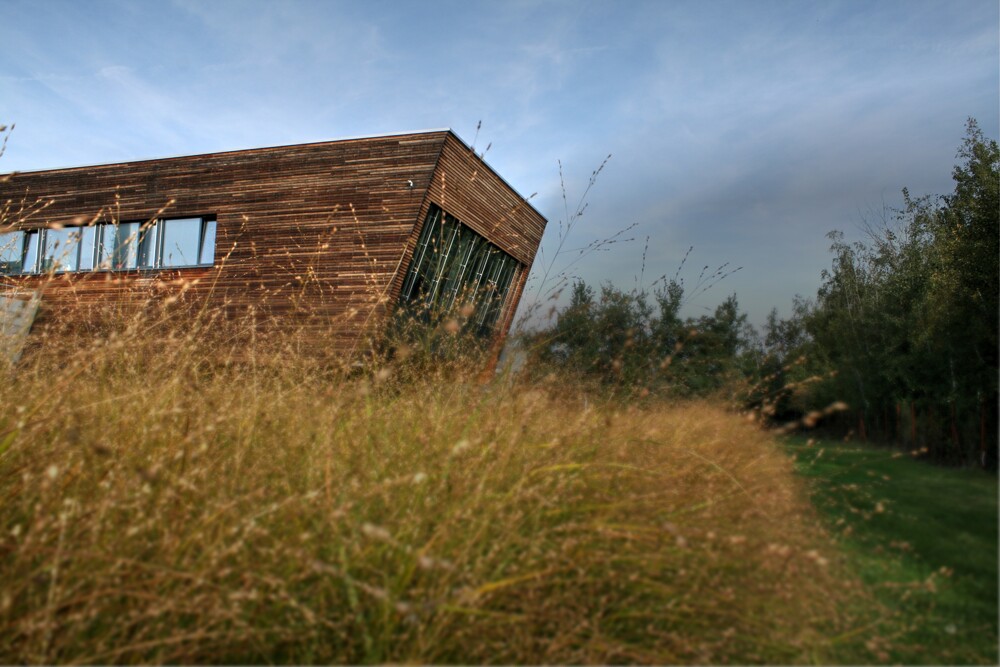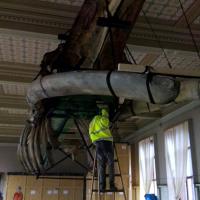

At the end of October this year, the historic building of the National Museum will be made available to the public again after extensive reconstruction. During the repairs, experts from CTU UCEEB placed sensors on the walls of the museum to monitor vibrations. The measurement was carried out to monitor technical shocks that could lead to building disturbances.
Before the start of the reconstruction work, CTU UCEEB experts examined the possible side effects of construction activities on the National Museum building. Based on this, they issued recommendations for continuous monitoring of vibrations during reconstruction. For the purpose of measurement, they placed several vibration sensors around the building: four of them were attached to the walls of the main building of the National Museum, one to the pillar of the new building, and the last sensor was installed on the skeleton of a mouse whale. It is one of the museum's oldest exhibits and the only one that remained in the building during the renovation. Experts have installed a system that warns of dangerous shocks in time, which could damage the skeleton of the mouse whale.
The measuring points consisted of the vibration sensor (accelerometer) itself, a digitizing unit and a minicomputer for data storage and Internet communication. The data obtained from the measurements were continuously saved on a computer and transferred to the UCEEB server for archiving and evaluation. During the reconstruction of the National Museum building, data from the monitoring was available to the surveillance system, which informed the responsible person supervising the work being carried out about the progress of the measurements. With an increased value of vibrations, the supervising person could thus assess whether the vibrations have an effect on the statics of the building and whether it is necessary to stop the work.
Measurements were carried out in the period from the end of 2015 to October 2017. In all cases where the limit of vibration values was exceeded, it was local work where there was no risk of damage to the building being repaired.